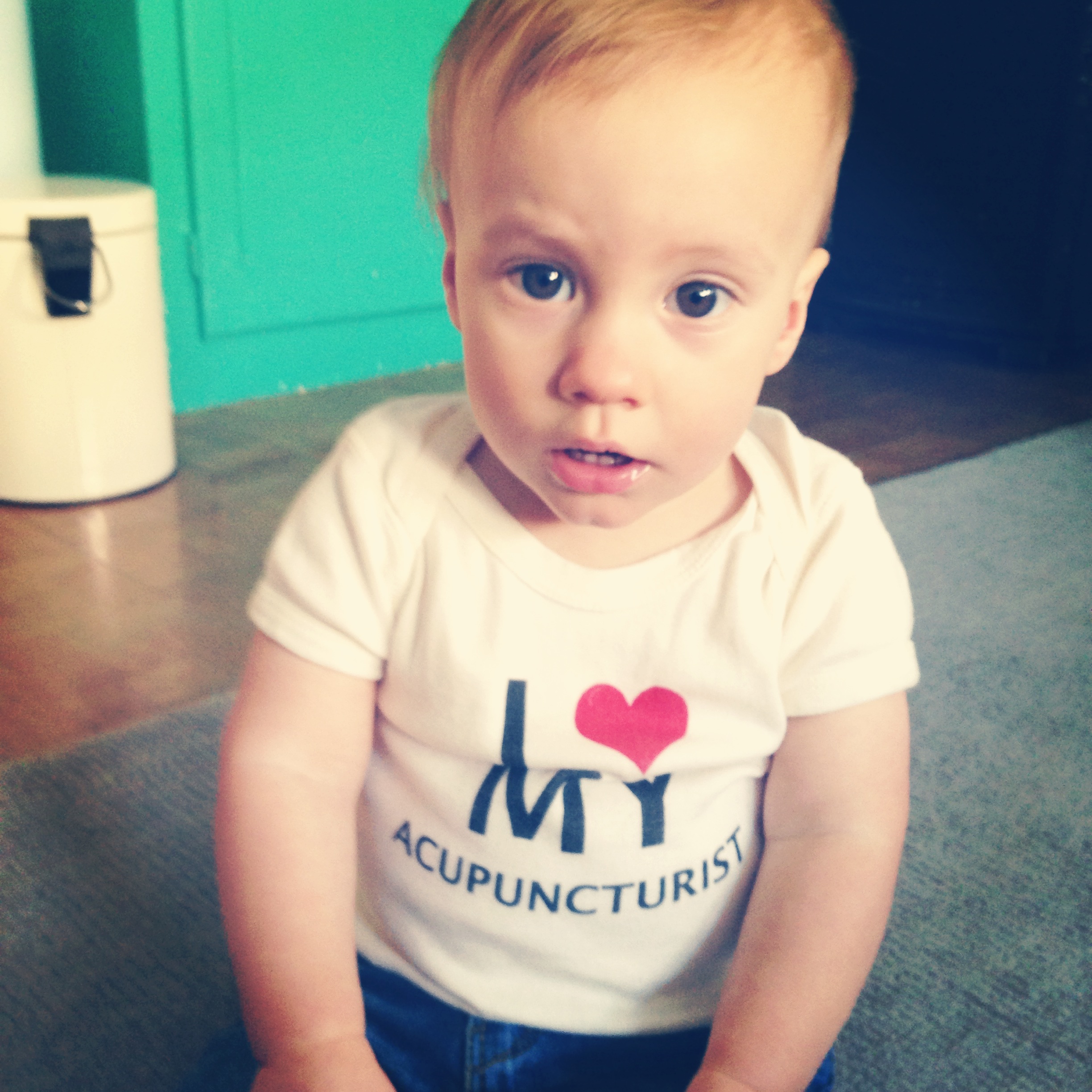There are many benefits a postpartum mother can receive from ingesting her placenta. Benefits include:
- reduction of postpartum bleeding
- encourages the development of milk supply
- reduction of stress hormones and stress levels
- replenishes essential nutrients like iron and vitamin B6
- prevention of hormonal mood swings and baby blues
- and my favorite ENERGY
In today’s world, one of the most common ways for the mama to ingest her placenta is through encapsulation. There are two different types of encapsulation methods from which to choose.
Traditional Chinese Medicine Method
The Traditional Chinese Medicine technique is the oldest-known and most commonly-used method for postpartum placenta preparation. This method involves both steaming and then dehydrating (in a food dehydrator) the placenta before encapsulating it. Herbs may also be added in. In TCM theory, the process of labor and birth leaves the mother cold, and deficient of blood and body fluids. One major way we can promote healing during the postpartum period is to return the yang energy via heat. That’s why steam is incorporated and warming herbs, leading to the warming, tonifying and nourishing final result for the postpartum mama.
Raw Preparation
The Raw placenta encapsulation process still involves dehydrating the placenta, but skips the steaming step. The concept behind this approach is that more of the essence of the placenta is preserved as the steaming process can destroy vital enzymes in food. This process skips the heating and herbal process all together prior to dehydration. All food preparation is restricted to temperatures less than 118 degrees F. In the case of placenta, some argue that the Raw method also yields a medicine with more hormones and nutrients than the TCM method.
How do you choose?
You can ask us! Your acupuncturist can tell you if you are a better candidate for Raw or TCM placenta. TCM preparation has been known to cause side effects in women with more heat and inflammation postpartum and should not be taken if you have mastitis, sweating or hot flashes.






